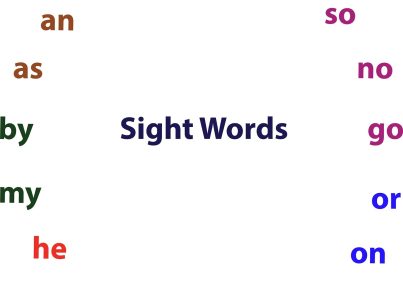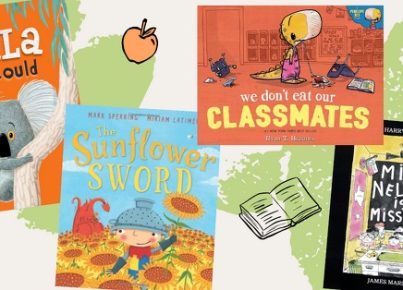Introduction:
Read alouds are an essential part of classroom learning, especially for younger students. They encourage listening skills, build vocabulary and fluency, and can help students develop a love for reading. Traditionally, teachers used reading logs to keep track of read alouds. However, many educators have found that logs can become monotonous and time-consuming. Here are four innovative alternatives to keep track of classroom read alouds without using traditional logs:
1. Digital Reading Journals:
Instead of the traditional paper-and-pencil reading log, students can maintain a digital reading journal using tools like Google Docs or blogging platforms like Edublogs. In these journals, students can record the titles and authors of the books read aloud and write reflections on what they’ve learned from each session. Digital journals can be easily shared with teachers who can leave comments or suggestions.
2. Bookshelf Display:
Create a bookshelf display on one of your classroom walls dedicated to the read alouds completed by your class. Add a visually appealing book cover printout or create one with your students for every book you finish together. Write down the date and brief synopsis on the backside of the covers before placing them on your display. This visual representation will help students remember the stories and allows both students and their families to celebrate accomplishments.
3. Interactive Reading Maps:
Design an interactive reading map where students can place stickers or small tokens to indicate all the books they’ve encountered during read aloud sessions. You could theme these maps around geography, fantasy worlds from popular book series, or even different genres of literature. Updating these interactive maps every time a new book is finished will keep students engaged while allowing them to observe their reading journey grow.
4. QR Code Library Cards:
As you complete each classroom read aloud session, create a custom QR code that links directly to a summary or resource page about the book. Laminate these QR codes and attach them to small library cards, which can be added to a ring or collected on a bulletin board. Students can scan the codes with their devices, like iPads or smartphones, to revisit the summaries and resources long after the read aloud has occurred.
Conclusion:
These fresh methods of tracking classroom read alouds offer engaging ways for both teachers and students alike to reflect on their shared reading experiences. By using digital journals, bookshelf displays, interactive reading maps, or QR code library cards, you can create more motivating and interactive approaches to measuring progress, all while steering clear of repetitive reading logs.




